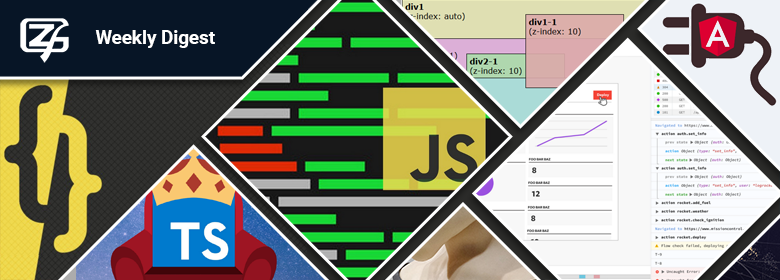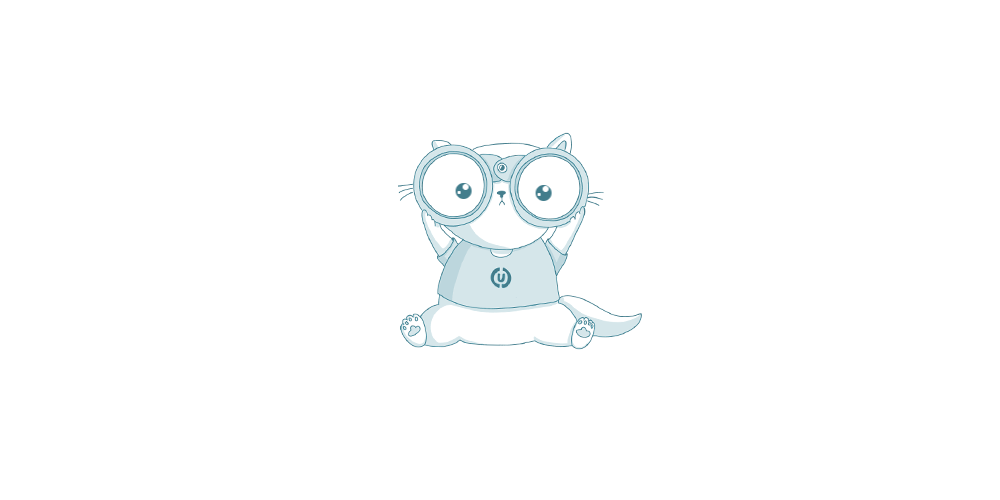How to Set Up Your Own VPN Server in 15 Minutes
If you use Habr, chances are, you’re conscious about privacy on the web. As governments and corporations tighten their grip on people’s online activities, the issue of keeping your browsing data to yourself becomes more and more relevant.
Numerous tech websites say VPN is no longer a geek-only thing, and regular people should use it, too (Fast Company, Mashable, PCMag). But as a tech-savvy person, you know there isn’t a service you can trust as much as the one you host and manage yourself.
With this post, you’ll deploy your own instance of Outline VPN on AWS.





 Now user visits the page and checks out the effect. It’s cool and pleasant small feature, it catches, then user discusses it with colleagues or friends and even repeats the feature. It could be this easy, if not:
Now user visits the page and checks out the effect. It’s cool and pleasant small feature, it catches, then user discusses it with colleagues or friends and even repeats the feature. It could be this easy, if not: 
 A few months ago I worked with a customer on how a team should evaluate the security of their Azure implementation. I had never done a
A few months ago I worked with a customer on how a team should evaluate the security of their Azure implementation. I had never done a 














